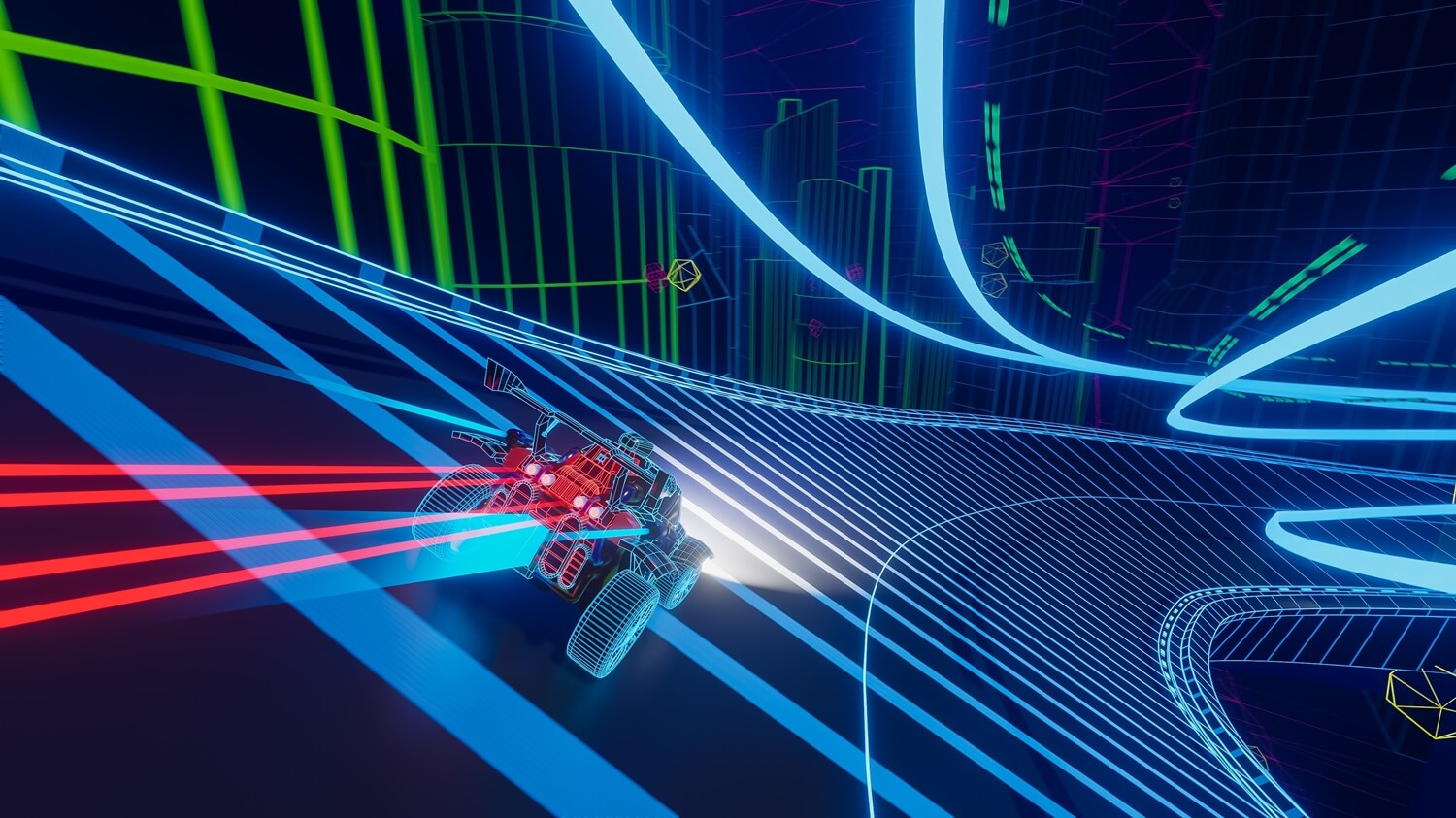The gaming landscape has been steadily growing and evolving in the past few years and one specific genre has become increasingly popular: simulated (sim) racing. Today, sim racing is a highly realistic virtual simulation of real-life racing that uses specialised equipment such as steering wheels, pedals, seats, full-motion simulators and specific softwares that recreate the dynamic and physics of real-life driving.
Starting as a niche interest, sim racing has gathered fans from casual gamers, eSports enthusiasts to professional F1 drivers. Apart from entertainment and online competitions, this article will explore how sim racing can affect your real-life, everyday driving skills by improving your coordination, reaction time and more.
The Impact on Your Driving Skills
Several people have argued on various online platforms (such as Reddit) that sim racing has significantly improved their driving skills and awareness. Using advanced technologies to recreate real-world tracks, sim racing puts the drivers in high speed and high stress situations that requires fast reactions.
Users have argued that, when facing risky situations on the road, especially in rainy and snowy conditions, they have managed to avoid the accidents, claiming it is due to learning how the car “behaves” in such conditions because they have already had such situations in a virtual world. Advanced technologies in such games calculate real-time physics variables, allowing drivers to feel the car’s response to different tyre grip, speed, steering input, weather conditions, etc.
Virtual race requires drivers to have exceptional hand-eye coordination at high speeds meaning that they have to control the steering, throttle and brakes while simultaneously processing and following visual information from the track. This improves reflexes and reaction times which are crucial for safe driving. Sim racing accurately recreates the handling of the car which allows users to experience and learn various techniques required for everyday driving.
Impact on Mental Health and Driving Techniques
Apart from its physical side, racing is also a mental sport. It requires drivers to learn how to control their nerves and how to make the best possible decision in stressful situations and conditions. Sim racing can be a good way to improve your risk management and develop the key areas of your mental game such as staying focused over long periods. Developing techniques that help you achieve high levels of concentration and focus in highly stressful scenarios can directly translate to your daily driving skills.
Another benefit of sim racing is that it improves driver’s track/road awareness. Real-life roads and racing tracks in general are certainly different; however, several sim racing games recreate real-life roads. This can improve driver’s spatial awareness, helping them learn how to “read” the road and the corners ahead and behind them and manoeuvre the car in different spaces.
Several Reddit users have argued that sim racing has taught them to check their rear mirrors more often, especially when breaking, which can be very helpful in preventing common car accidents during rush hours, for example. Learning this, alongside handling the car in different conditions and on different surfaces (rain, ice, gravel, etc.) can be crucial for beginner drivers that are yet to experience such situations. Learning ahead about how the car behaves in different conditions can help prevent accidents.
The Risks
The gaming industry has brought realism and simulation to a highly impressive level and while there are plenty of benefits, the risks and concerns should not be forgotten. Young and beginner drivers especially must understand that sim-racing comes with the absence of real-life consequences that do not translate to the real world. Trying to recreate situations seen in video games can lead to severe and quite dangerous accidents with fatal outcomes.
Some people online have argued that transitioning from simulation to real-life driving has been a difficulty, especially in the first couple of minutes in a real-life car seat. It is necessary to be extremely careful and aware of the risks associated with real-life driving. Unlike a simulation, it does not have restart and replay options.
Conclusion
Day by day, sim racing is evolving and the key lies in the sense of community, realism and customisable experiences. Professional drivers, such as Max Verstappen and Lando Norris, have publicly expressed their passion for sim racing, saying that competing online and rapid decision-making have improved their overall awareness and reflexes in real-life races. If used properly, having access to daily driving training can be helpful in various real-world situations. Thanks to the replay options, you can focus on specific tasks and techniques, repeating them until learning how to do them properly.
However, it is important to note that simulation and real-life driving are two different experiences and learning how to adjust to those is the key to applying the techniques you learned. Therefore, do not forget to read the tips for real-life situations that may occur on the road.





